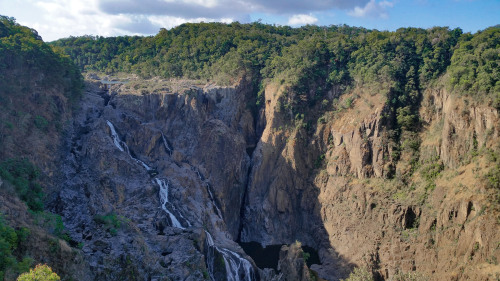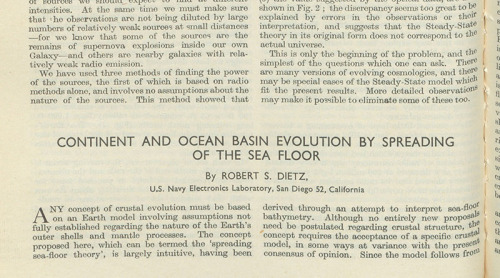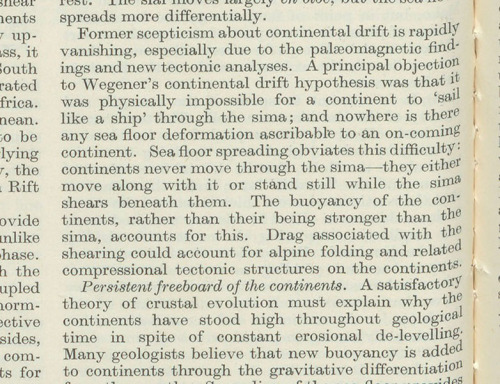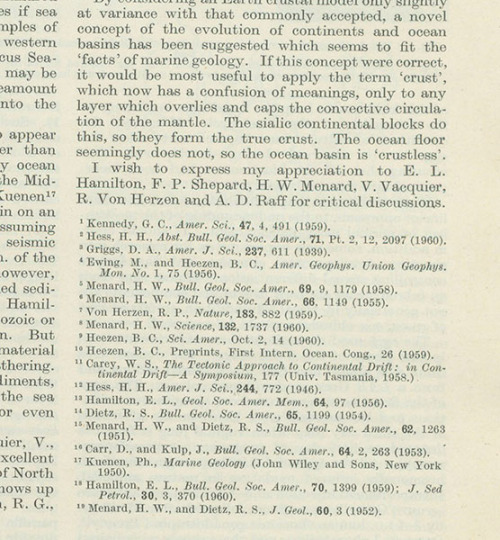#plate tectonics
Feeding patterns
These swirly patterns were made by living organisms at the bottom of the sea approximately 250 million years ago while they were feeding on an organic matter mixed within the sediment. The pictured sediments were buried by more sediments, hardened and eventually brought to the surface by tectonic processes without messing up such signs of ancient life.
South coast NSW, Australia
Post link
Barron Falls is a result of plate tectonics at their best. Eastern part of Australia was separated from the current mainland, sinking under the sea, while leaving an escarpment on the mainland. This is the escarpment and it has been eroding since that time. Left are cascades which formed by river flowing over the edge of the escarpment.
Kuranda, North Queensland
Post link
Mineral under pressure
This is a photograph of mineral called pyroxene and was taken with a petrographic microscope, and it captures megascale forces of the tectonic processes on the microscale level. This mineral is about 1.5 mm and was found in a rock called greenschist.
This rock is heavily deformed, sheared, due to the force of the tectonic plates pushing against each other. Imagine one plate being a bread and other a knife, and the rock you are looking at is like a butter being smeared on the toast.
The pyroxene is harder than the rest of the minerals in this rock, and so, as the pressure is applied, the other minerals are deformed and squashed against the pyroxene while it remains largely undamaged.
Example from the Nubra Valley, Ladakh, Himalaya
Post link
Robert Dietz – Scientist of the Day
Robert Sinclair Dietz, an American marine geologist, died May 19, 1995, at the age of 80.
Post link

For some of you, finals are coming up. Reverse your procrastination and thrust forward with your studying. But don’t worry, this is all normal. You will get through it.

Happy Birthday, you crazy crazy man.
Tectonic plates move about 1-2 inches (or 2-5 centimeters) per year. This is the same rate at which your fingernailsgrow.
(source)
Continental drift projected 250 million years into the future
via:Scotese











